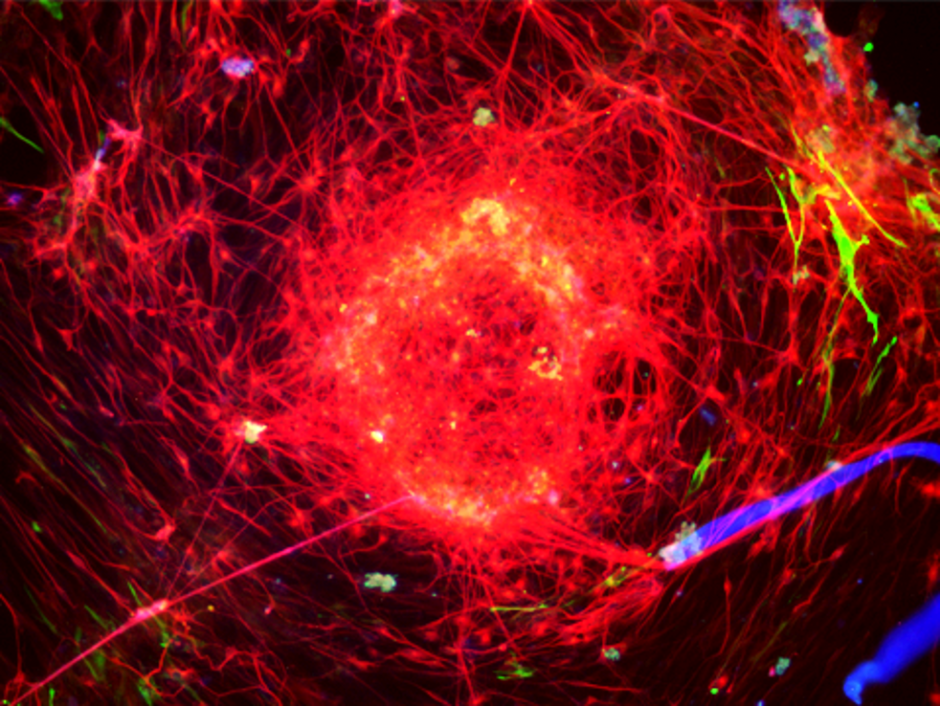
The Willerth lab at the University of Victoria specializing in biomedical engineering researches neural tissue engineering using biomaterials, stem cells, and drug delivery systems. The aim of is to bio-print human induced pluripotent stem cells (hiPSCs) along with drug-delivery systems to generate functional neural tissue. The Willerth Lab uses Aspect Biosystems’ novel RX1 Bioprinter with its lab-on-a-printer™ technology to custom-design tissue constructs and create relevant physiological tissue similar to that found in the spinal cord. They incorporate novel drug delivery systems into these bio-printed constructs, which consists of microparticles made using a biodegradable polymer that slowly degrades in the presence of cells. The drug delivery systems provide the chemicals needed for the cells to develop into mature neural cells. The bio-printed structure provides the necessary temporary mechanical and biochemical support for the tissues to mature. These bioprinted neural tissues can potentially be used in restorative solutions for disorders of the central nervous system, and to advance our understanding of cultured neural tissues.
L. De la Vega, K. Karmirian, S. M. Willerth, Engineering Neural Tissue from Human Pluripotent Stem Cells Using Novel Small Molecule Releasing Microspheres, Advanced Biosystems 2018, 2, 1800133